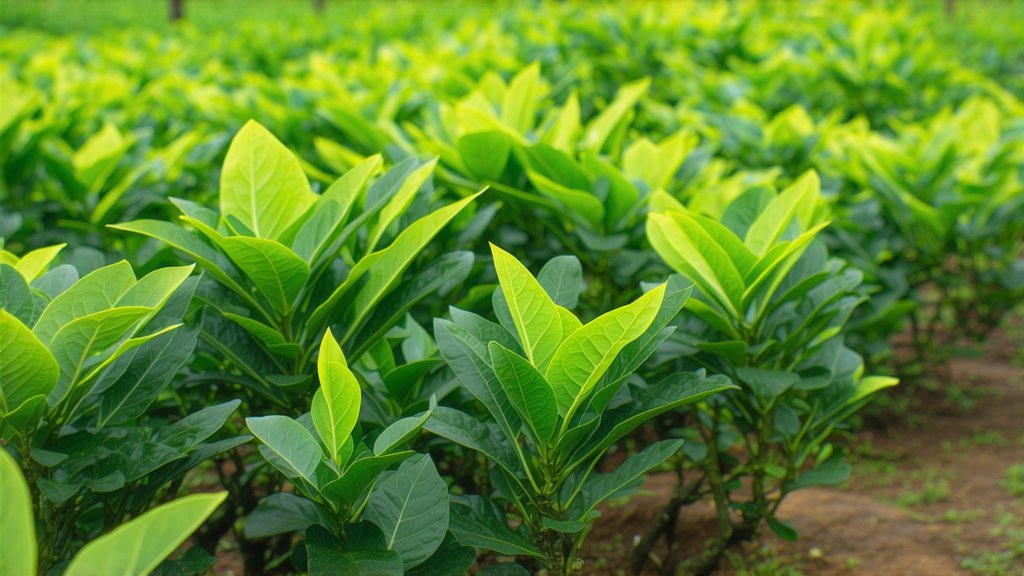
China's rich tapestry of tea culture weaves an intricate story that spans millennia, and within this vast narrative lies the enchanting tale of Tieguanyin, a premium variety of Oolong tea. This article embarks on a journey to unravel the mysteries surrounding Tieguanyin, delving into its historical roots, exploring its unique characteristics, detailing the meticulous craftsmanship behind its production, and guiding international readers through the art of appreciating this exquisite beverage.
A Historical Odyssey
Tieguanyin, often referred to as the "Fairy Iron Buddha," traces its origins back to the Ming Dynasty (1368-1644), though it gained prominence during the Qing Dynasty. Legend has it that the tea was discovered by a poor scholar named Wang who found refuge in a temple nestled amidst the Anxi region's verdant hills. There, he stumbled upon a wild tea bush whose leaves, when brewed, produced a nectar so divine it seemed otherworldly. The name "Tieguanyin," meaning "Iron Goddess of Mercy" or "Buddha of Mercy," was thus bestowed upon this miraculous find, symbolizing both its divine taste and the compassion it brought to those who savored it.
The Many Faces of Tieguanyin
Tieguanyin is not a monolith but a diverse family of teas, each with its own distinctive flavor profile shaped by factors such as terroir, altitude, and processing methods. The two primary types are Anxi Tieguanyin and Fujian Tieguanyin, with Anxi being the birthplace and spiritual home of this tea. Anxi Tieguanyin is renowned for its floral aroma and smooth, creamy texture, while Fujian Tieguanyin offers a more robust and complex flavor, often exhibiting notes of roasted nuts and a lingering sweetness.
The Art of Craftsmanship
The magic of Tieguanyin lies not only in its heritage but also in the artistry involved in its creation. The process begins with meticulous handpicking of only the youngest leaves and buds, ensuring optimal freshness and quality. These leaves then undergo a series of elaborate steps:
- Withering: Freshly picked leaves are spread out under the sun or indoors to reduce moisture content, softening them for rolling.
- Bruising: Leaves are gently tossed and turned to release enzymes, initiating oxidation—the crucial step that differentiates Oolong from green or black teas.
- Fixation: Heat is applied to halt oxidation, locking in the tea's unique flavors and aromas. This can be done through pan-frying or baking.
- Torturing: Leaves are repeatedly rolled and shaped, enhancing their curl and compactness, which contributes to the tea's distinctive appearance.
- Drying: Finally, the tea is dried to remove any remaining moisture, ensuring longevity without compromising flavor.
Savoring the Elixir
To truly appreciate Tieguanyin, one must engage in the ritualistic practice of Gongfu tea ceremony, which emphasizes precision, mindfulness, and respect for the tea. Here’s a guide to experiencing Tieguanyin at its finest:
- Warm the Teapot and Cups: Begin by rinsing your teapot and cups with hot water to maintain the brewing temperature.
- Measure the Tea: Use approximately 5 grams of Tieguanyin per 150 ml of water for a balanced brew.
- Rinse the Leaves: Briefly steep the茶叶 in hot water (around 90-95°C) for about 10 seconds, then discard this initial infusion to 'wake up' the leaves.
- Steeping: For subsequent infusions, steep for 20-30 seconds initially, gradually increasing the time for each brew. Tieguanyin can typically yield 7-10 infusions, allowing the drinker to explore evolving flavors with each cup.
- Observe and Inhale: Admire the tea's vibrant color and inhale its fragrant aroma before taking your first sip.
- Sip and Savor: Let the tea coat your palate, noting its complexity—from floral and fruity notes to creamy textures and a sweet aftertaste. Each sip should be a meditative experience, celebrating the harmony between nature and human craftsmanship.
Conclusion
Tieguanyin stands as a testament to China's profound connection with tea, embodying centuries of tradition, innovation, and a deep reverence for nature. As you embark on your own journey with this extraordinary Oolong tea, remember that every cup tells a story—a tale woven from the hands of farmers, the whispers of ancient mountains, and the silent language of leaves transformed into liquid gold. May your exploration of Tieguanyin be as enriching and transformative as the tea itself.